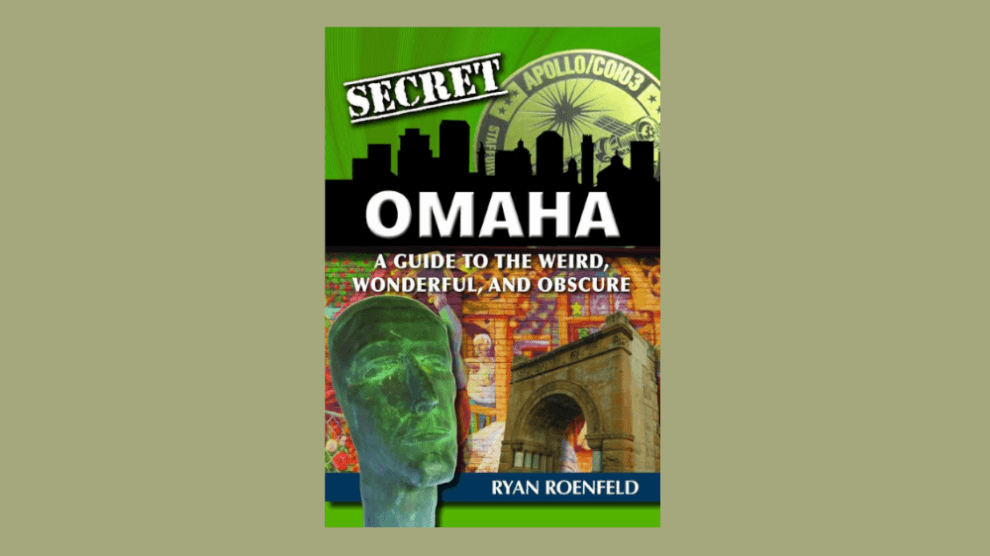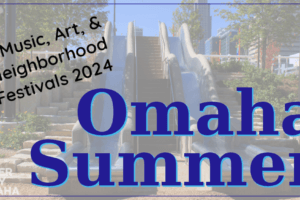Ryan Roenfeld’s newest book, Secret Omaha: A Guide To The Weird, Wonderful, And Obscure, documenting the history of Omaha was published in May 2021 by Reedy Press, part of their Secret series. You can find some of his other works on Amazon. Don’t get thrown off by the format of a “Secret Omaha” book – you might be familiar with some or most of the entries, but this collection of about 80 examples should get you out and about in the city. Be a tourist in your own city.
Keep your eye out for any of the Secret Omaha and Wicked Omaha Tours at History Walk Nebraska website.
I’ve created a Google Map of all the locations. You can take this map with you if you are trying to plan your own tour or can’t seem to find a spot.
Where Can You Find…
- Site of a roller coaster disaster?
- The remaining building of Jobber’s Canyon?
- A singing tower?
- Omaha’s Main Street?
- A church whose main floor is now 30 feet above street level?
- An old general watching over his garden?
As you read the book and explore the city, notice that we are a city made up of many immigrant communities, such as Little Italy. South Omaha has seen neighborhoods from just about every central and eastern European country. This is also a city that enjoys the arts, including famed music venues in North Omaha where jazz was popular before the 1960s.
Some Of My Tour
I started in the east, making the trek up Oakland Street in Council Bluffs. At the top of the hill is this fantastic lookout across the flood plain that is C.B. with a great shot across to Omaha. Abraham Lincoln visited in 1859 before his presidency, and this monument was dedicated in 1911. Decades later the Transcontinental Railroad would start in Council Bluffs. Though the famous Golden Spike was driven into the tracks in Utah, this monument on 9th Ave celebrates the completion of the tracks that led all the way west.
Pictured below is the Lincoln Monument (pg 18), Stile de Famiglia sculpture (pg 4), and The Golden Spike (pg 76).

Pictured below is part of Mt. Vernon Gardens in Omaha (pg 70), a tribute to George Washington.

Pictured below is both the Pabst Tied House (pg 118) on the left and the Livestock Exchange Building (pg 134) in the background on the right. Omaha’s long history in the meatpacking industry continues even today. Generations of hard-working, often newly immigrated, residents got rowdy in the bars and streets.

Pictured below is the site of the Greektown Riots (pg 114) near 24th and N Streets. This is my picture from the Cinco de Mayo celebration in 2021. South Omaha has always been home to immigrants, first from Europe then from Mexico and Central America.

Conclusion
Omaha is much like any city that has a history: some good and some bad. Our rough and tumble beginnings are not unique, but the individual stories that make up the Omaha metro are. We were one of a few gateways to the west, particularly useful as a west-ward crossing point over the Missouri River. So much so that the railroad industry excelled here. And though we had a few decades of gangsters and race riots, we’ve also enjoyed decades of music, culture, business, and of course beef. The Omaha Stockyards were at one point the largest in the world.
This conglomerate metro of suburbs (in two states) and annexed towns has a storied past. If you start looking at the buildings and streets around you the secrets start to spill out. Some of the early encampments such as the Mormon Winter Quarters and Debolt didn’t survive, but there are remnants if you take the time to look. Omaha’s history runs deep and the stories are fascinating. Ryan Roenfeld’s book is a handy guide to get you started on exploring our great metro.
Additional Info
- New Book Explores “Secret Omaha” – KIOS interview
- ‘Secret Omaha’ proves that Omaha isn’t boring – Omaha Jewish Press





